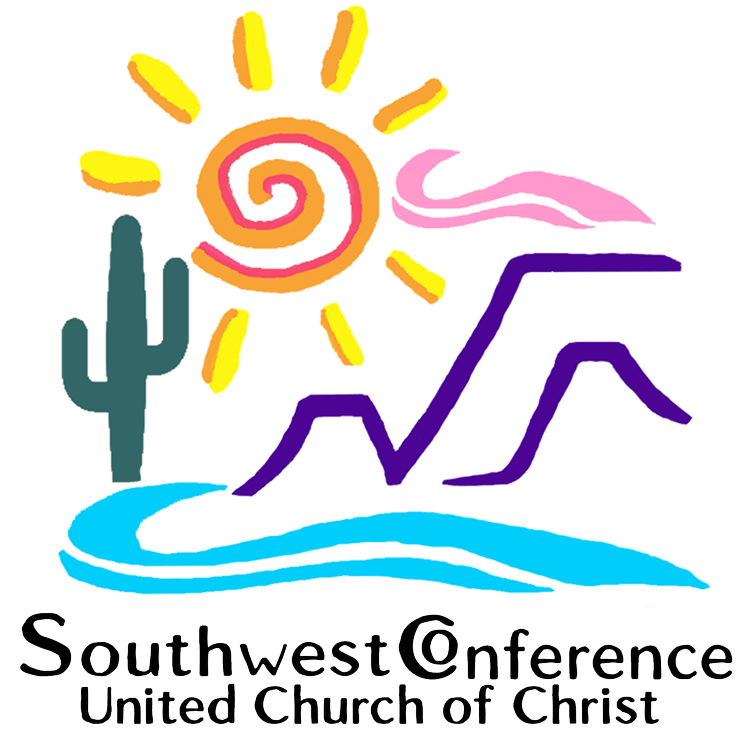Because all Americans have the right to breathe clean air, the United Church of Christ has just released a new report that identifies the 100 industrial facilities spewing the most toxic air pollution in heavily populated areas across the United States.
“Breath to the People: Sacred Air and Toxic Pollution” pinpoints the locations of the U.S. “Toxic 100 super polluters” in 28 states and documents the hazardous chemicals being released into the air. The report includes a detailed demographic breakdown of people living within three miles of these toxic facilities. Notable in the demographic details are the number of children under age 5 living near the Toxic 100 — the most vulnerable members of the population because of their developing bodies and brains.
Leaders of the church, known for its environmental justice work, unveiled the study at an Ash Wednesday news conference Feb. 26 in Washington D.C., joined by a representative of the Environmental Integrity Project. The research firm, enlisted by the UCC to compile the report, based its research on self-reported data from the 15,500 facilities included in the U.S. Environmental Protection Agency’s Toxic Release Inventory.
The report is now available at a specially created Breath to the People website, which includes an interactive map that people around the country can use to find the toxic polluters in their community, the hazardous chemicals that are being released into the air and the number of people living in neighborhoods close by.
“We titled this study ‘Breath to the People’ (Isaiah 42:4-6) because we believe everyone — and most of all our precious children — should have clean air to breathe,” said the Rev. Traci Blackmon, UCC associate general minister. “Local, state and federal authorities and the polluters themselves must act now to rid the air of toxic chemicals. Our report recommends how.”
“It is not an accident that we are releasing this report on Ash Wednesday, a day associated with repentance,” said the Rev. Brooks Berndt, UCC minister for environmental justice, the church’s point person for the project. “In its Greek origins, repentance was about turning around and changing course to go in a better direction. As a nation, it is time for us to go in a better direction for the sake of our children and communities across the country.”
Also speaking at the news conference were citizens affected by toxic emissions, leaders of the nonprofit Interfaith Power & Light and other environmental justice advocates. They demanded action, including an end to federal rollbacks in environmental protections.
National and regional environmental allies sent written messages expressing gratitude for the report. Among them were:
Nsedu Obot Witherspoon, executive director of the Children’s Environmental Health Network: "This report highlights and reconfirms what we cannot overlook: Children are in direct harm’s way to toxic air pollution. We have evidence of children living near fence line communities, among clusters of polluting companies and those who are exposed to multiple injustices before us. This is far from okay and requires the urgent public will necessary to stand up for and protect the health, safety and future of our children today."
Juan Parras, executive director of Texas Environmental Justice Advocacy Services, commenting on the petrochemical and oil refining industries: “For decades, communities living along in the Gulf Coast of the United States have been disproportionately burdened by the impact of toxic emissions from these activities. We will continue to defend our existence and those of generations to come because change is in the horizon. One day, no one will fear their children playing outside – because nothing is worth the cost of a human life.”
Emma Cheuse, staff attorney, Earthjustice: “We can and must stop the cycle of environmental injustice and toxic air, so that EPA and other government officials won’t be able to get away with failing to protect children’s health and well-being any longer. By standing together with the stark facts of this injustice in hand, we will ensure that our nation finally does right by communities of color and low-income communities, including by ending the unacceptable and unjust burden of health and safety threats from hazardous air pollution and chemical disasters once and for all.”
The UCC has a long history of environmental justice work. Its groundbreaking 1987 study, “Toxic Wastes and Race,” is still cited by activists and academics.
Please feel free to share the report webpage on social media using the hashtag #BreathToThePeople.
